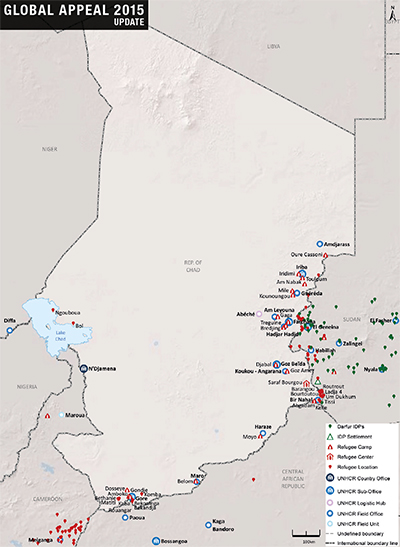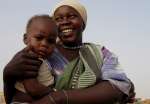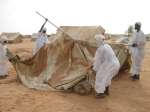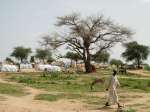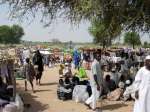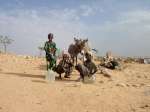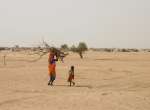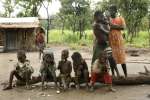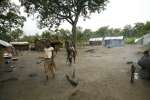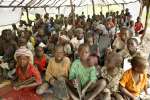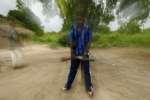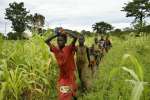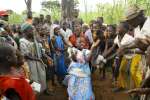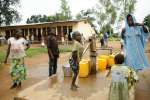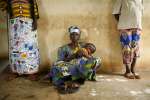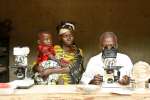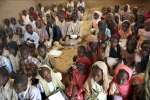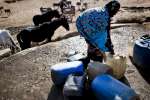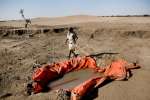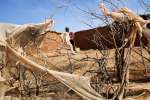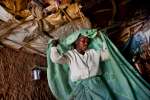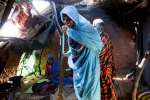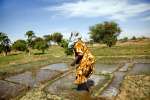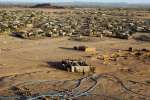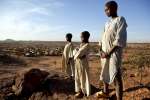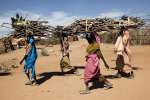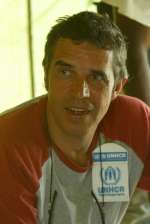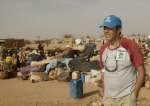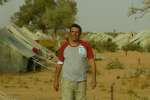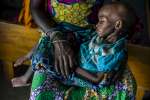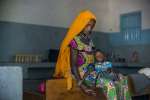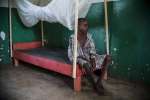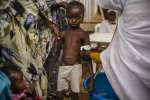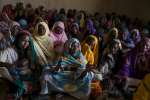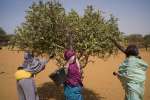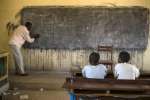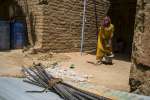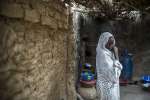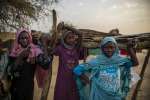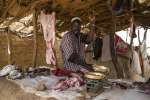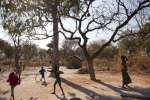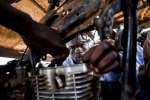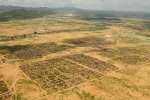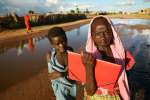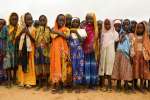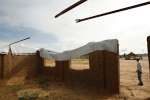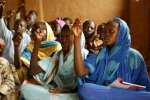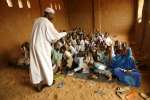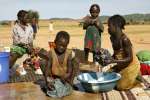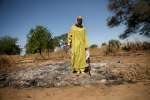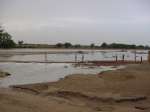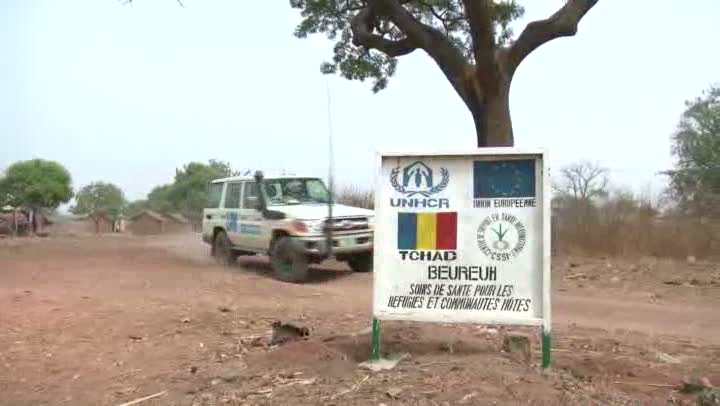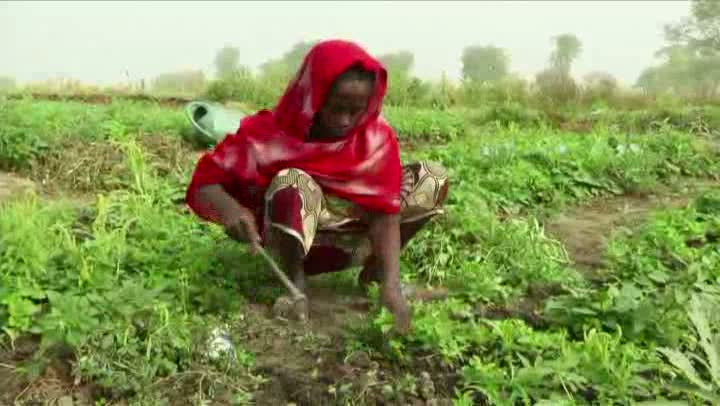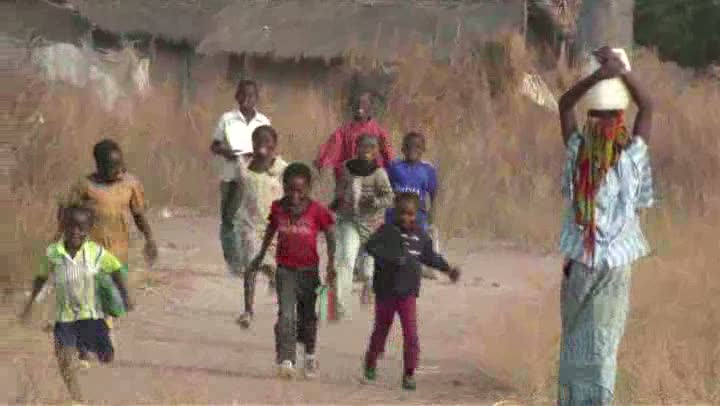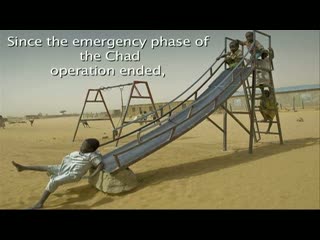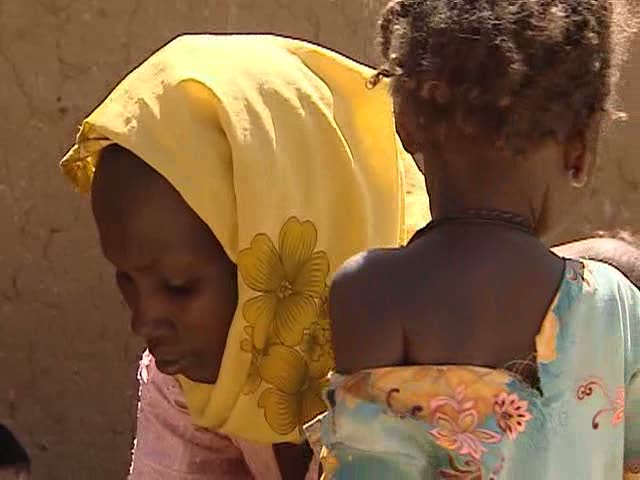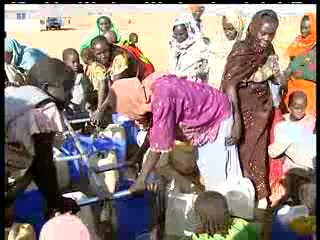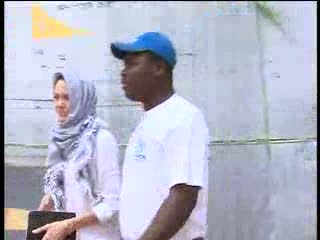Home > Where We Work > Africa > East and Horn of Africa > Chad
2015 UNHCR country operations profile - Chad
| Overview |
Working environment
-
With ongoing conflict and violence in several neighbouring countries, notably the Central African Republic (CAR), Nigeria and South Sudan, Chad's refugee population is likely to increase in 2015.
-
The needs of CAR refugees for protection and assistance will remain significant in 2015.
-
UNHCR enjoys excellent working relations with the Chadian Government. The organization will continue to assist the Government in issuing national identity cards to second and third-generation Chadian returnees without family links, who are at risk of statelessness.
-
On 31 July, more than 1,000 Nigerian asylum-seekers arrived on the island of Choua in the Lake Chad region, some 4 kilometres from the border crossing. Chad was already hosting more than 1,500 Nigerian refugees (488 families). A supplementary appeal was launched to cover the cost of responding to these new emergency needs. Given the unpredictability of incidents and violence in Nigeria, UNHCR is planning for further influxes in 2015.
-
The Government has granted refugees and returnees access to arable land for agricultural production, contributing to their self-reliance, as well as social and economic integration strategies. The Government is supporting efforts to seek alternatives to camps, allowing refugees to settle in host communities and access basic community services.
People of concern
In 2015, the main groups of people of concern to UNHCR will be refugees, mainly from Sudan and from the Central African Republic (CAR), as well as more than 1,600 Nigerian refugees. They live in camps, within communities, sites within villages/districts, and urban areas. Also of concern are a group of evacuees from the violence in the CAR: while they were born in the CAR of Chadian parents - some of whom were also born in the CAR - they have no remaining links with Chad and are at risk of statelessness.
| UNHCR 2015 planning figures for Chad | |||||
|---|---|---|---|---|---|
| Type of population | Origin | January 2015 | December 2015 | ||
| Total in country | Of whom assisted by UNHCR |
Total in country | Of whom assisted by UNHCR |
||
| Total | 526,140 | 500,780 | 505,370 | 479,230 | |
| Refugees | Central African Rep. | 97,550 | 86,920 | 100,000 | 96,000 |
| Sudan | 368,290 | 353,560 | 377,480 | 355,330 | |
| Various | 3,000 | 3,000 | 5,500 | 5,500 | |
| Asylum-seekers | Dem. Rep. of the Congo | 130 | 130 | 140 | 140 |
| Sudan | 20 | 20 | 20 | 20 | |
| Various | 110 | 110 | 130 | 130 | |
| Returnee arrivals during year (ex-refugees) | Chad | 1,000 | 1,000 | 2,000 | 2,000 |
| Stateless | Stateless | 50 | 50 | 100 | 100 |
| Others of concern | Various | 56,000 | 56,000 | 20,000 | 20,000 |
| Response |
Needs and strategies
In 2015, UNHCR will continue to provide basic services, such as nutrition, health, WASH, education, and documentation, to refugees and other people of concern; and work with all partners to place protection considerations at the core of all interventions.
Facilitating livelihood activities, finding alternatives to camps, acquiring land and promoting freedom of movement will remain key priorities in a bid to strengthen self-reliance. UNHCR will work with the Government and development partners to progressively integrate refugees into existing programmes and other relevant initiatives. Non-agricultural livelihoods are limited, with only 2 per cent of refugees expected to access micro-finance services by the end of 2015.
Education, sexual and gender-based violence (SGBV), and child protection will be priorities. As part of a multi-year strategy, the organization will establish measures to: identify and monitor children at risk; carry out best interest determination; provide support and quality services to SGBV survivors; prevent exploitation and violence, especially for refugee girls; and ensure the smooth transition from the Sudanese to the Chadian curriculum. Funding shortfalls mean support for access to secondary schools and vocational training will be limited, with only half of the targeted secondary-age population in school. To support SGBV survivors, UNHCR will implement safety and security measures, provide material assistance, build local support capacity, and run awareness-raising activities.
The conflict in the CAR and ongoing intra-community clashes in Darfur make voluntary repatriation in 2015 unlikely. With limited prospects for local integration, resettlement remains the only viable durable solution. UNHCR will prepare refugees for durable solutions by facilitating livelihood opportunities, strengthening self-reliance and promoting peaceful coexistence with local communities. It will also support efforts to bridge the gap in living standards between refugees and host communities. Alternatives to camps will be explored, and all efforts made to facilitate refugees' freedom of movement.
Existing national structures, such as water, sanitation and hygiene facilities, health centres and schools, will be strengthened, and relevant line ministries' capacity to run and maintain such services will be enhanced. Important partnerships with development actors and links to national development plans will be nurtured, to increase the sustainability of interventions.
The option for new refugees to stay in communities instead of camps will be pursued. UNHCR will provide technical expertise to support the Government in complying with international commitments.
The Office will work to remove barriers to accessing documentation for some 113,000 Chadian returnees. It will also endeavour to uphold good quality registration, and provide identification cards to all refugees, gradually introducing biometrics in the course of 2015. In addition, as a new law on civil status was adopted in 2013, it is likely that by 2017, birth certificates will be automatically issued to refugee children in eastern Chad, and the backlog of Sudanese refugees without documents will be addressed.
UNHCR will assist the authorities in issuing identification documents to Chadian returnees to prevent them becoming stateless. Some 36,000 Chadians without links will have been documented by the end of 2014, and another 20,000 in 2015.
| Implementation |
Coordination
Collaboration with the Chadian Government, the Commission Nationale d'Accueil, de Réinsertion des Réfugiés et des Rapatriés (CNARR), local authorities and respective line ministries remain crucial to achieving the objectives. UNHCR will continue to advocate the integration of programmes related to refugees and national development.
The Office will engage with all relevant inter-agency fora to ensure refugees are included in all relevant sectors and plans. It co-leads the clusters for camp coordination and management, and shelter, leads those that are protection-focused, and heads the multi-sector refugee response.
| 2015 UNHCR partners in Chad |
|---|
| Implementing partners |
| Government agencies: Commission Nationale d'Accueil, de Réinsertion des Réfugiés et des Rapatriés (CNARR) |
| NGOs: African Initiatives for Relief and Development, Association pour la Promotion des Libertés Fondamentales au Tchad, Association pour le Développement Economique et Social de Kobe, Associazione di Cooperazione Rurale in Africa e America Latina, Bureau d'Appui Santé et Environnement, CARE, Centre de Support en Santé Internationale au Tchad, Christian Outreach for Relief and Development, Croix-Rouge du Tchad, Hebrew Immigrant Aid Society (HIAS), International Medical Corps, International Rescue Committee, Jesuit Refugee Service, Lutheran World Federation - Action by Churches Together, Refugee Education Trust, Secours Catholique pour le Développement |
| Operational partners |
| Government agencies: Ministère de l'Administration du Territoire et de la Sécurité Publique; Ministère de l'Agriculture et de l'Environnement; Ministère de l'Aménagement du Territoire, de l'Urbanisme et de l'Habitat; Ministère de l'Assainissement Public et de la Bonne Gouvernance; Ministère de l'Éducation Nationale; Ministère de la Culture, de la Jeunesse et des Sports; Ministère de la Fonction Publique, du Travail et de l'Emploi; Ministère de la Justice et des Droits de l'Homme; Ministère de la Sante Publique, de l'Action Sociale et de la Solidarité Nationale; Ministère des Affaires Etrangères et de l'Intégration Africaine; Ministère des Infrastructures, des Transports et de l'Aviation Civile; Ministère des Postes et des Nouvelles Technologies de l'information et de la Communication; Ministère du Plan et de la Coopération Internationale; Ministre du Pétrole, des Mines, et de l'Energie |
| Others: Deutsche Gesellschaft für Internationale Zusammenarbeit (German Agency for International Cooperation - GIZ), FAO, Good Neighbors, IOM, OCHA, OHCHR, UNAIDS, UNDP, UNESCO, UNFPA, UNICEF, WFP, WHO, World Bank |
| Financial information |
Budgets for the Chad operation have gone down since 2011. The 2015 ExCom budget has been set at USD 162.5 million. However, with the Nigerian refugees' emergency needs leading to the creation of a supplementary budget in 2014, further requirements for this situation may be presented in 2015.
Any funding shortfalls for the Chad operation in 2015 will most likely affect: the documentation and registration of refugees; the availability of potable water which will remain below the acceptable standard of 20 litres per person, per day; and UNHCR's capacity to promote the integration of refugees into national development programmes and to pursue livelihood and self-reliance activities.
Source: UNHCR Global Appeal 2015 Update

